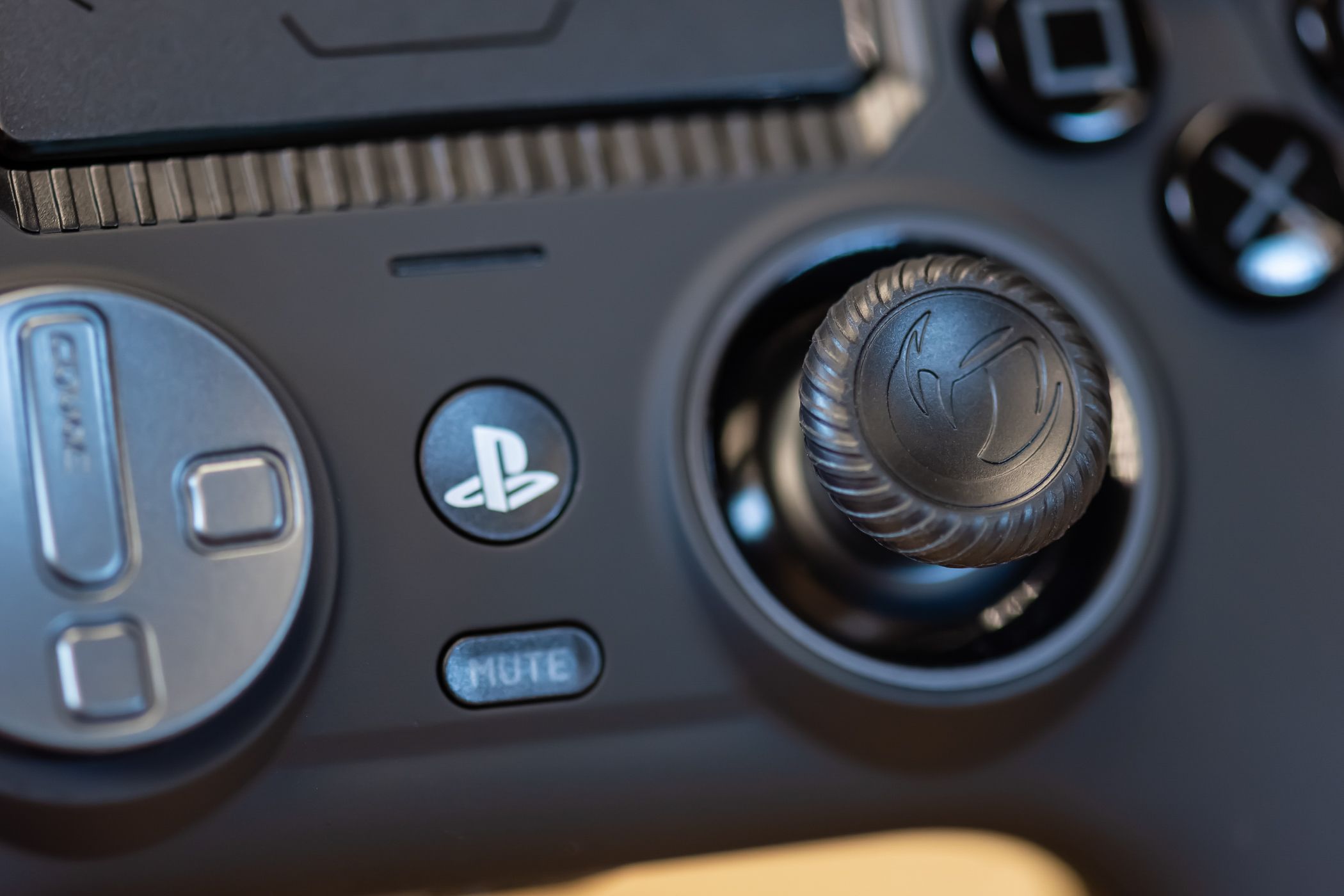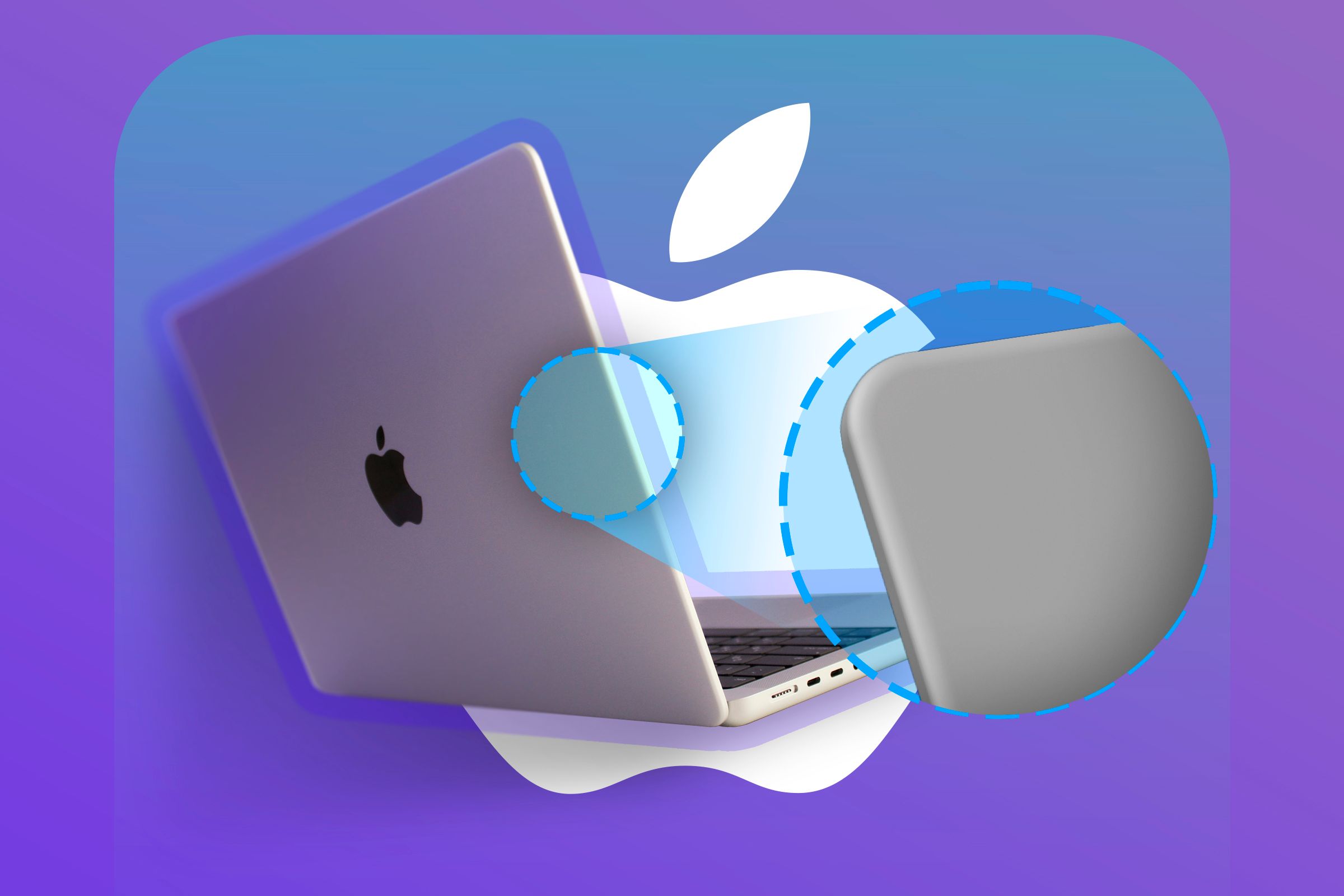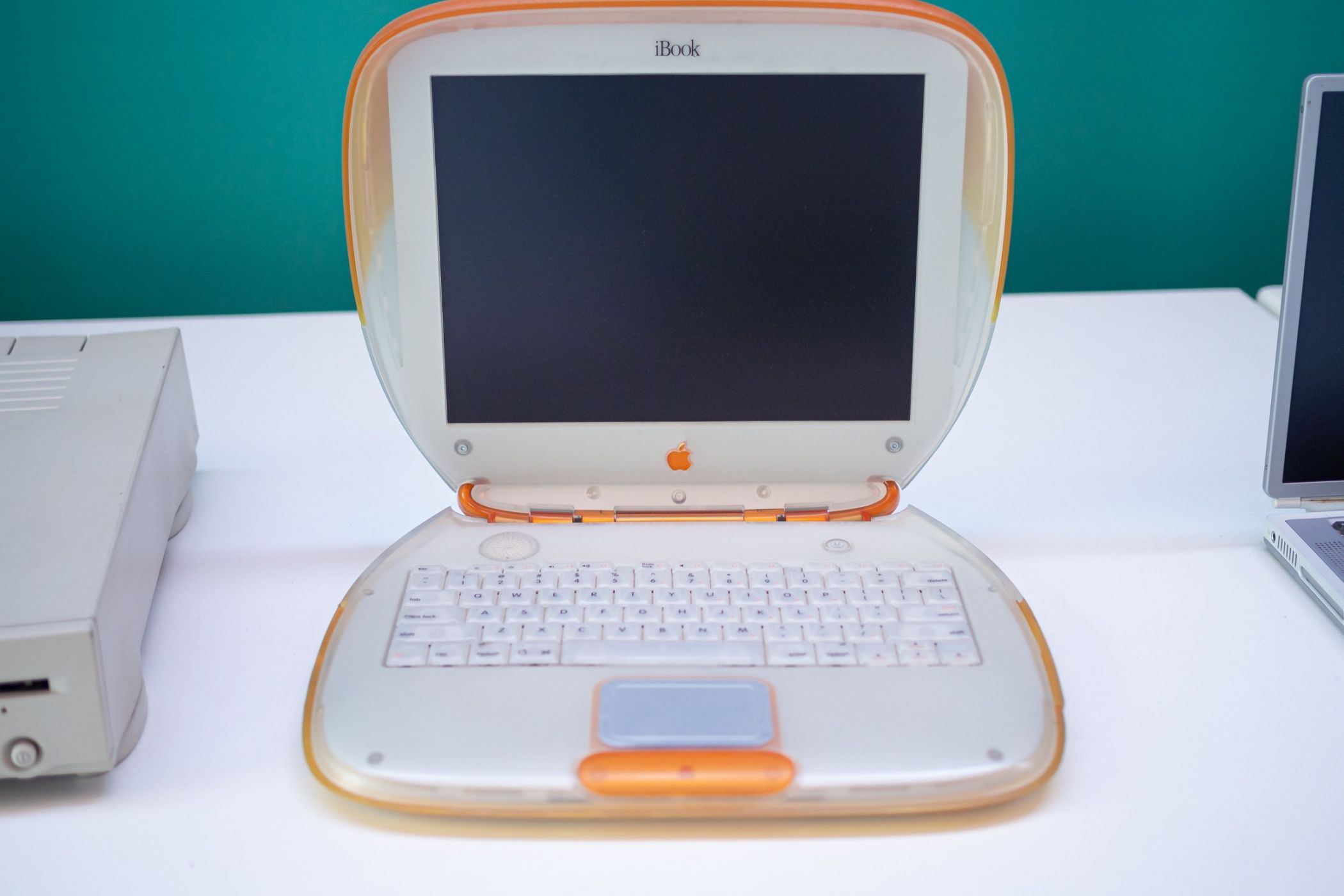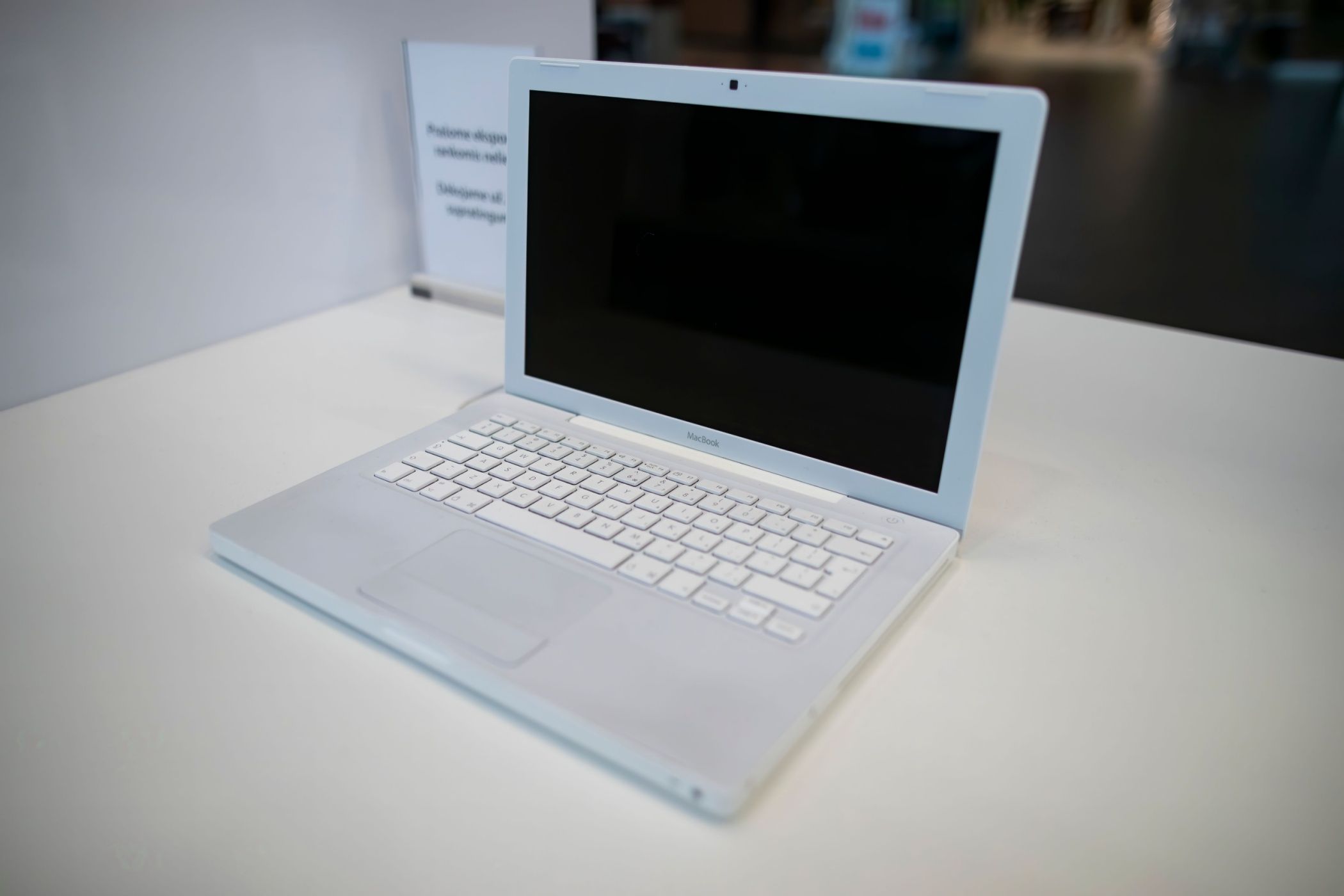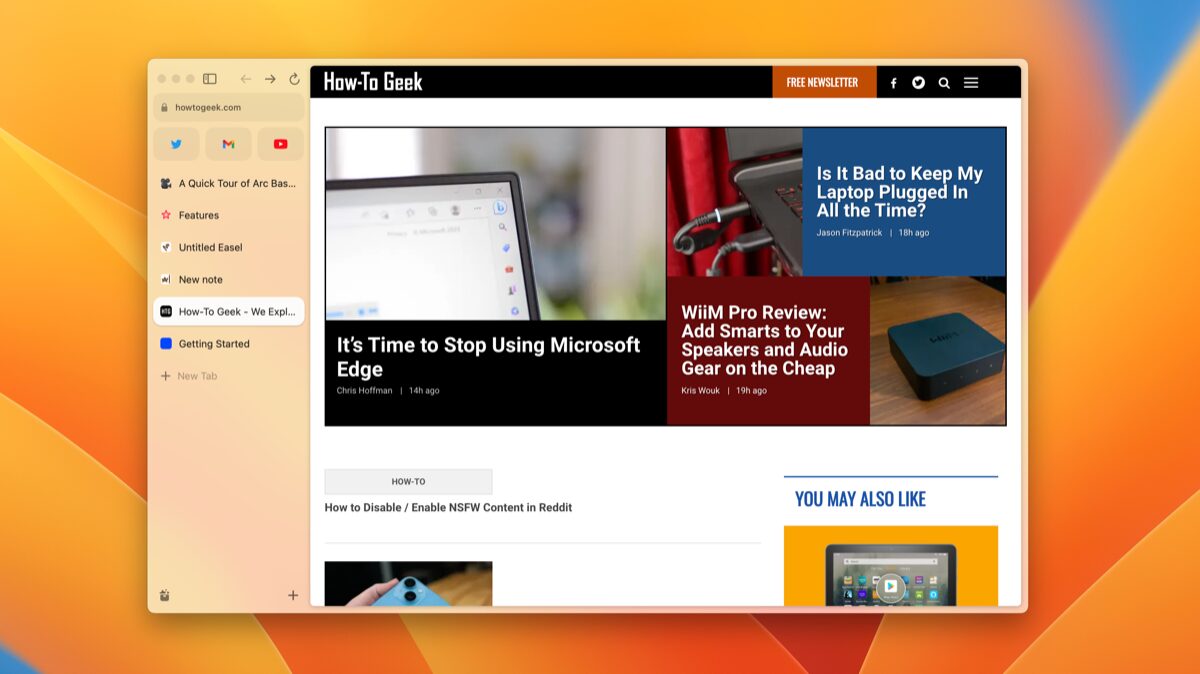Why Apple Should Make a Plastic MacBook Again
Macbook
Key Takeaways
- Apple’s laptop lineup is missing an affordable option like a polycarbonate “MacBook SE.”
- The iPhone SE and entry-level iPads show Apple can make high-quality products with older components for a lower price.
- A plastic MacBook could be more environmentally friendly, diverse in color options, and better at withstanding daily wear and tear than aluminum.
I love my aluminum unibody MacBook to death, but Apple’s leaving a clear gap in its laptop lineup where a more affordable “MacBook SE” with a plastic shell could fit in. We’ve seen them put their best hardware in cheaper shells for their phones, so why not laptops?
The First MacBooks Were Plastic!
Apple is no stranger to plastic laptops. I still love the look of the old iBooks, which, like the classic iMacs of the time, had colorful translucent plastic bodies that would probably be in fashion again right about now.
However, Apple did not leave plastic behind with the iBook. The first MacBooks had polycarbonate shells! You could get your fancy new MacBook in polycarbonate until 2009. Of course, the first unibody aluminum MacBooks would be released not long before the polycarbonate models ended production, and today all MacBooks have stuck with this material.
Switching to aluminum has allowed MacBooks to be incredibly thin, while remaining stiff with a premium look and feel. However, I really think Apple should revisit polycarbonate materials for MacBooks, and there’s room for both types of systems in their product lineup.
There’s Room Below the MacBook Air in Price
I’m still rocking a base model M1 MacBook Air, which, for my money, will go down in history as one of the best computers ever made. At launch, this was a $1000 computer, and by and large the price of entry into the world of MacBooks has been around that level for years. However, as the M1 and M2 chips get older and cheaper, Apple could make a polycarbonate “MacBook SE” that would fall closer to the $500 part of the range. It has the iPhone SE and entry-level iPads as comparable products, using high-end components from yesteryear to give a cheaper way to get into the Apple ecosystem today.
There’s a lot of room to play in the sub-$1000 price range, and a plastic MacBook that isn’t obsessed with an expensive unibody metal chassis, and high-end screen could probably sit in that zone comfortably.
Plastic Composites Are Better Than Ever
While I love my MacBook and iPad, I’m not much of an iPhone fan. One of the reasons I prefer Android phones is that I think polycarbonate is just a better material overall for a phone. I’ve had various polycarb phones over the years, and the quality of this material has improved in leaps over time. While it’s trendy for Android phones to have glass backs now, polycarb phones remain light and durable. I’ve never dropped one of my previous polycarb phones to end up with a shattered back!
The Color Options Would Be Amazing
Right now your options when it comes to MacBook colors are rather limited. You can have a sort-of black, grey, silver, and a few flavors of gold, but that’s it. A plastic MacBook would bring back an infinite number of color options, and if you look at how great the new colorful iMacs look, that would be a welcome change. For a company that markets itself to artists and creatives that “think different”, modern metal MacBooks sure look more corporate than a Dell office laptop wearing a tie.
It Could Be More Environmentally Friendly
Both polycarbonate and aluminum are recyclable, but polycarbonate is less energy-intensive than aluminum to work with. I’d actually be keen to see what Apple could do with plastic today, even for their high-end Macs. Advanced polycarbonate still feels like a material of the future to me, and a Mac that could have its shell simply thrown in the shredder at the end of its life to be made into something else sounds like a forward-thinking move to me!
Aluminum Has Downsides
I can’t argue that my unibody Mac isn’t an impressive, premium system that no one else has been able to quite match in terms of looks and design, but there’s a price to pay for this cosmetic privilege. Apple has been fighting accusations of poor repairability for years, and that’s in no small part due to the current MacBook design. Every minor MacBook issue seems to require a top-case replacement, even changing out worn keyboard keys, or replacing a busted touch bar. This is enormously expensive and usually means it makes more sense to buy a new MacBook and throw an otherwise perfectly working computer in the trash. At the very least, a polycarb MacBook would reduce the cost of repairs that would usually require new aluminum chassis components.
Another big downside of the aluminum body, in my opinion, is that it just doesn’t handle daily wear and tear as well. Just a little scrape or bump, and your metal MacBook is dented or scuffed. Polycarbonate stands up to this sort of thing much better, and if you’re forced to put some sort of protective case on your metal MacBook, then the thinness and esthetics are all lost anyway!
I’m not saying that the metal MacBooks should go away, but there’s definitely room for some diversity in material choice here, and Apple has done such wonderful work in plastic before, there’s little to no risk that a plastic MacBook will look cheap or ugly.









